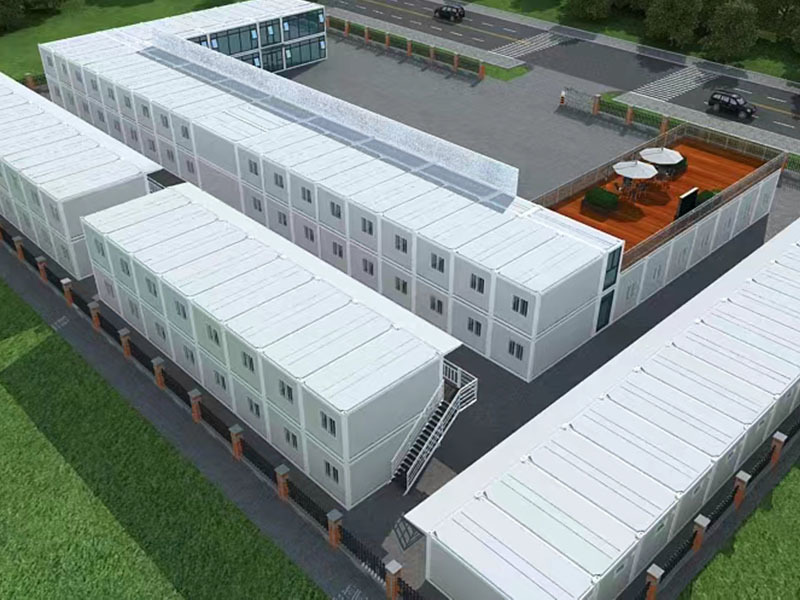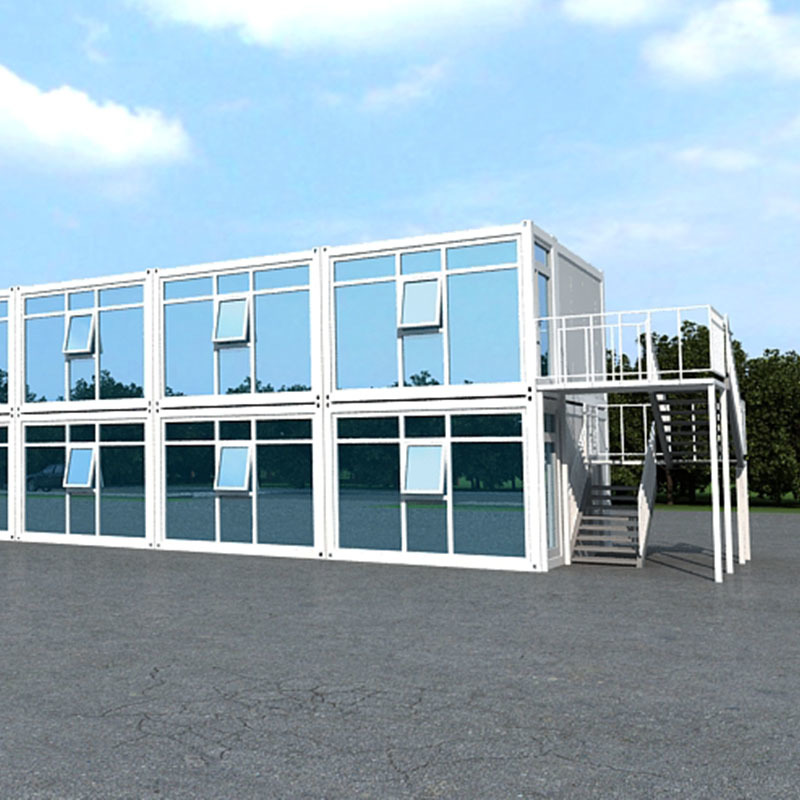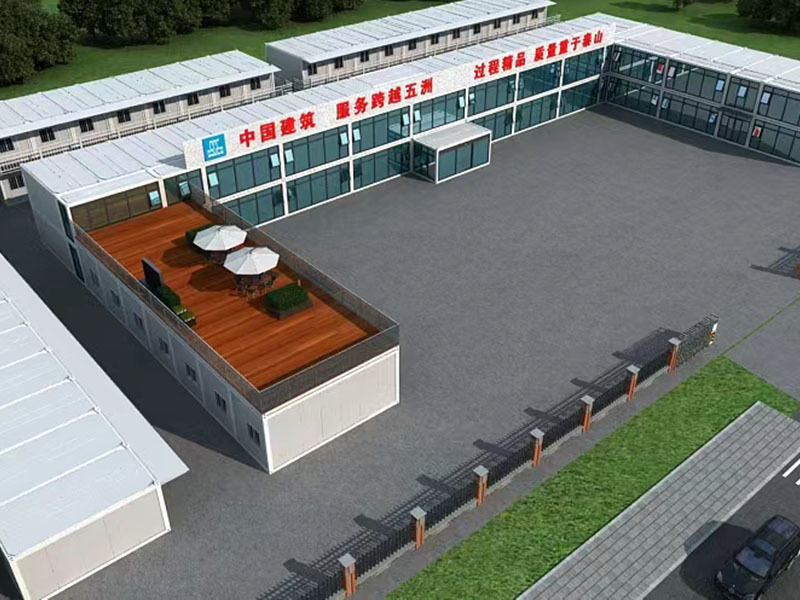The Future of Living: Exploring Container Homes Construction
Release Time:
Jul 29,2025
Container homes construction is gaining traction among architects, builders, and homeowners alike. These homes are essentially repurposed shipping containers that have been transformed into livable spaces. The concept is not only resourceful but also aligns with the growing trend of using sustainable materials in construction. By utilizing containers that might otherwise go to waste, builders can
Container homes construction is gaining traction among architects, builders, and homeowners alike. These homes are essentially repurposed shipping containers that have been transformed into livable spaces. The concept is not only resourceful but also aligns with the growing trend of using sustainable materials in construction. By utilizing containers that might otherwise go to waste, builders can create stylish and functional dwellings with a reduced carbon footprint.
One of the most compelling advantages of container homes construction is affordability. The initial cost of purchasing shipping containers is often significantly lower than traditional building materials. Additionally, these homes can be modular, which means that multiple containers can be combined to create larger living spaces. This flexibility allows for a wide range of designs, from compact single-container homes to expansive multi-container layouts.
The construction process for container homes is relatively straightforward. First, the containers are sourced and inspected for structural integrity. Once selected, they are cleaned and modified according to the design specifications. Modifications can include cutting out sections for windows and doors, adding insulation, and installing plumbing and electrical systems. The versatility of shipping containers means they can be adapted to suit various climates and personal preferences, making them an attractive option for many buyers.
Moreover, container homes construction is a faster process compared to traditional building methods. Since the containers are pre-fabricated, the core structure can be established quickly. This speed not only reduces labor costs but also minimizes the time needed for the homeowner to move in.
Another noteworthy aspect of container homes is their environmental benefits. Given that shipping containers are often made from durable steel, they can stand up to extreme weather conditions. Their robust nature means they require less maintenance over time. Additionally, the use of recycled materials helps reduce waste and promotes a more sustainable approach to housing.
However, it’s important to consider the zoning laws and building codes in your area before embarking on a container homes construction project. Local regulations may dictate how and where these homes can be built, and understanding these guidelines is crucial to ensure compliance and avoid potential legal issues.
In conclusion, container homes construction represents a forward-thinking approach to housing that combines affordability, sustainability, and design flexibility. As more people become aware of the benefits and possibilities of this innovative construction method, it is likely to play a significant role in the future of residential living. Embracing this trend may not only lead to cost savings but also contribute to a greener planet.
One of the most compelling advantages of container homes construction is affordability. The initial cost of purchasing shipping containers is often significantly lower than traditional building materials. Additionally, these homes can be modular, which means that multiple containers can be combined to create larger living spaces. This flexibility allows for a wide range of designs, from compact single-container homes to expansive multi-container layouts.
The construction process for container homes is relatively straightforward. First, the containers are sourced and inspected for structural integrity. Once selected, they are cleaned and modified according to the design specifications. Modifications can include cutting out sections for windows and doors, adding insulation, and installing plumbing and electrical systems. The versatility of shipping containers means they can be adapted to suit various climates and personal preferences, making them an attractive option for many buyers.
Moreover, container homes construction is a faster process compared to traditional building methods. Since the containers are pre-fabricated, the core structure can be established quickly. This speed not only reduces labor costs but also minimizes the time needed for the homeowner to move in.
Another noteworthy aspect of container homes is their environmental benefits. Given that shipping containers are often made from durable steel, they can stand up to extreme weather conditions. Their robust nature means they require less maintenance over time. Additionally, the use of recycled materials helps reduce waste and promotes a more sustainable approach to housing.
However, it’s important to consider the zoning laws and building codes in your area before embarking on a container homes construction project. Local regulations may dictate how and where these homes can be built, and understanding these guidelines is crucial to ensure compliance and avoid potential legal issues.
In conclusion, container homes construction represents a forward-thinking approach to housing that combines affordability, sustainability, and design flexibility. As more people become aware of the benefits and possibilities of this innovative construction method, it is likely to play a significant role in the future of residential living. Embracing this trend may not only lead to cost savings but also contribute to a greener planet.
Key words:
What Else Might You Learn?










